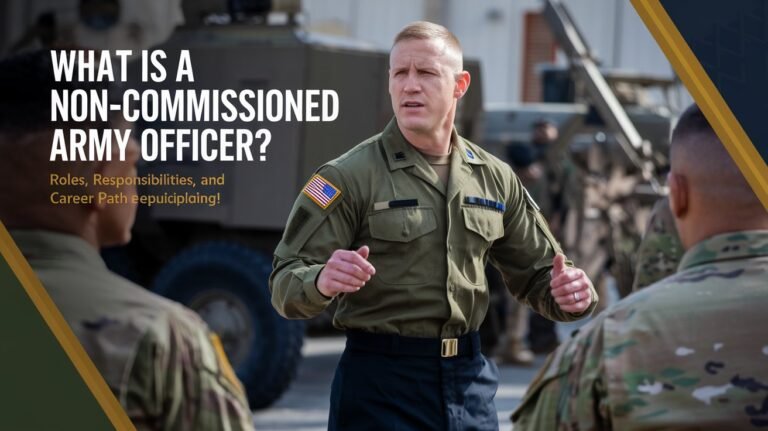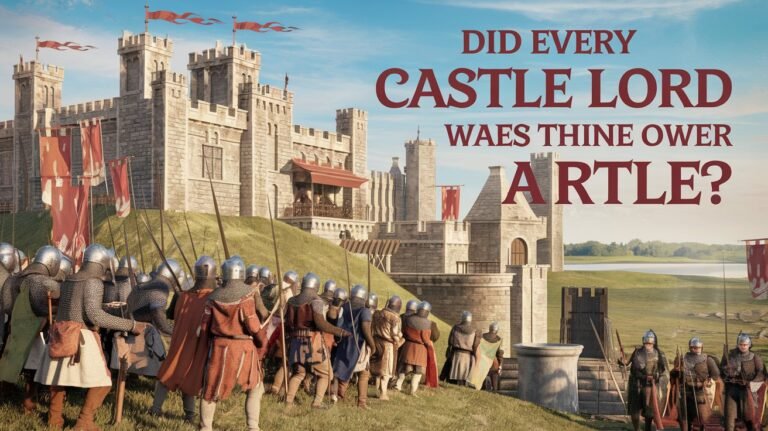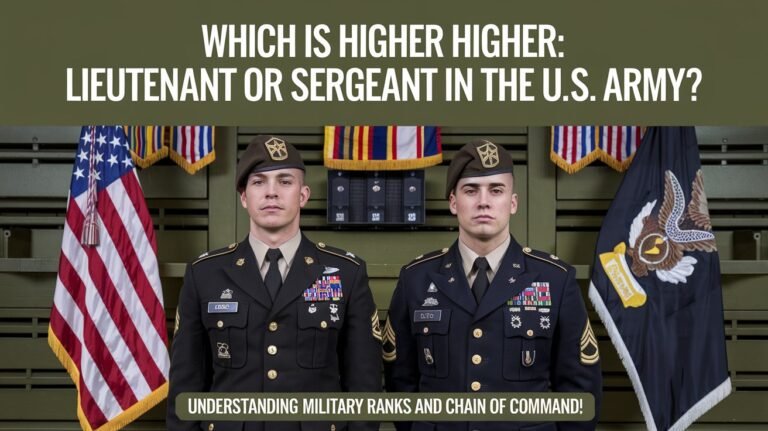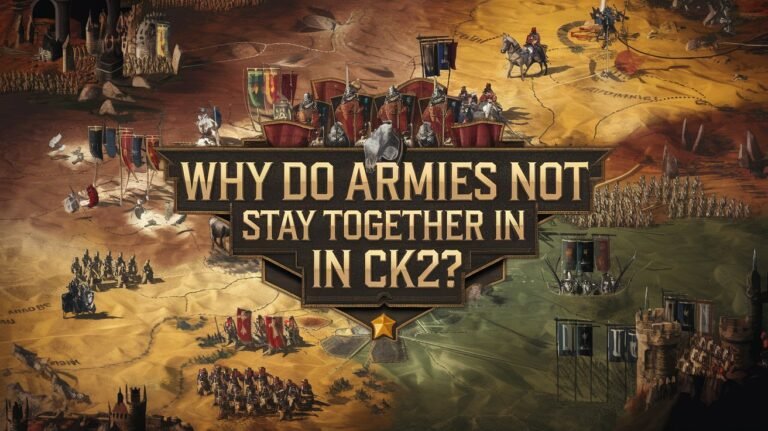What Was the Bonus Army: WWI Veterans’ Historic Protest
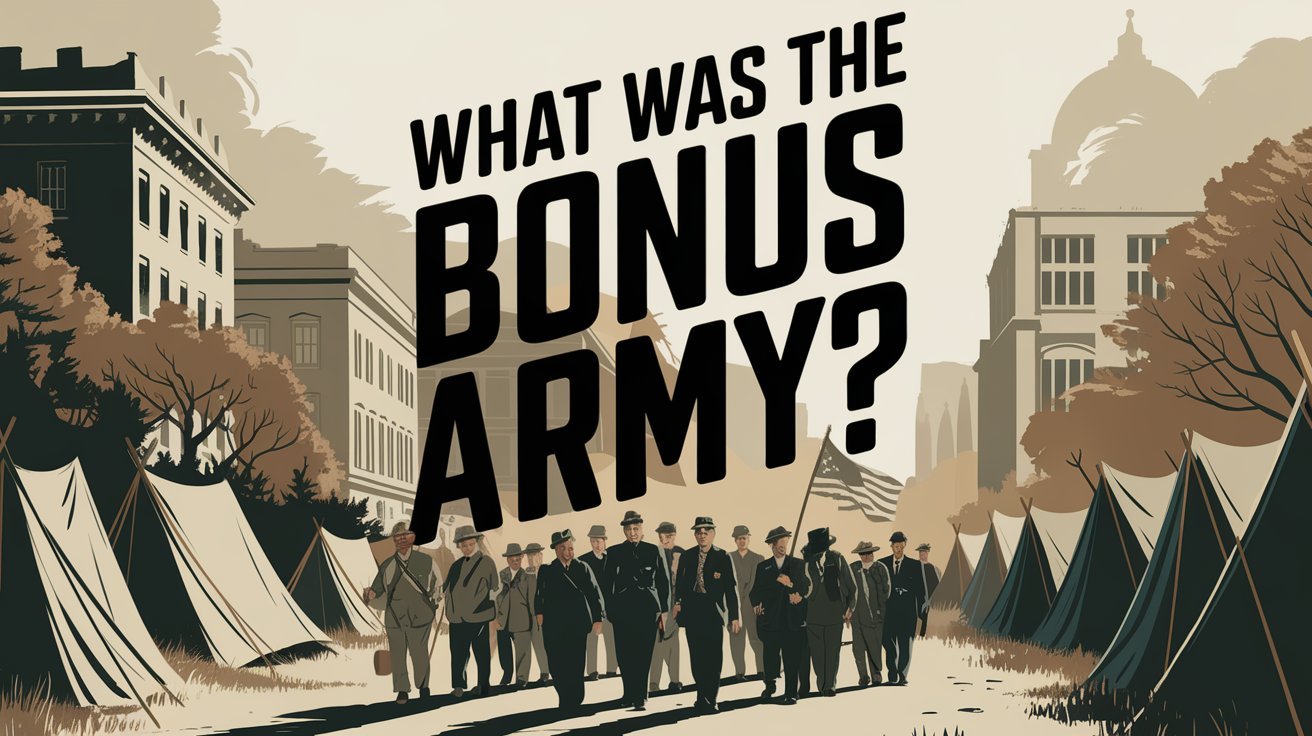
In 1932, over 43,000 World War I veterans and their families marched on Washington, D.C. They were demanding early payment of their service certificates. Led by Walter M. Waters, they called themselves the Bonus Expeditionary Force (B.E.F.). The media, on the other hand, called them the “Bonus Army” or “Bonus Marchers.”
Their main aim was to get the cash payment from the World War Adjusted Compensation Act of 1924. This act said they could get their money in 1945, but they wanted it sooner.
Origins of Military Service Bonuses in American History
The idea of giving bonuses for military service in America started in 1776, during the American Revolution. These bonuses were meant to help soldiers make up for lost income while serving. This idea came from England, where it began in 1592-93.
Early American Military Compensation Practices
In 1781, during the American Revolution, veterans marched on Philadelphia. They demanded back pay, showing the need for fair compensation for those who served.
World War I Veterans’ Payment Promises
The World War Adjusted Compensation Act of 1924 was passed, despite President Coolidge’s veto. It promised bonuses to World War I veterans, with a max of $625 for those who served overseas. These bonuses were set to be paid in 1945, leading to the world war i veterans protest known as the Bonus Army.
World War Adjusted Compensation Act
The Act promised veterans $1 for each day of domestic service (up to $500) and $1.25 for each day overseas (up to $625). This added up to $3 billion in certificates. This generous offer was a key reason for the herbert hoover bonus army protest in 1932.
What Was the Bonus Army
The Bonus Army, also known as the Bonus Expeditionary Force (B.E.F.), was a group of World War I veterans and their families. They came together in Washington, D.C. in 1932. The group had about 43,000 people, with 17,000 being veterans.
They were demanding cash for their service certificates because of the Great Depression’s economic hardships. The movement started in Portland, Oregon, with 400 veterans led by Walter M. Waters. It grew as they traveled to Washington.
In 1924, Congress passed the World War Adjusted Compensation Act. It granted veterans certificates worth up to $625. But, these payments were set to be fully distributed in 1945.
Veterans bonus army was frustrated with the delayed payments. They were struggling to survive during the economic crisis. So, they went to Washington, D.C. to ask for their bonuses early.
About 20,000 veterans and their families arrived in Washington in the summer of 1932. They set up camp at Anacostia Flats, across the Potomac River from the city.
| Statistic | Value |
|---|---|
| Approximate number of American men drafted during World War I | 2.8 million out of 4.8 million who fought |
| Dollar amount initially paid to World War I veterans for service | $1 a day for domestic service, $1.25 for overseas service |
| Ratio of payment for defense job workers compared to World War I veterans | 10 to 15 times higher |
| Approximate number of veterans who joined the Bonus Army march to Washington, DC in 1932 | 25,000 veterans and their families |
Great Depression’s Impact on World War I Veterans
The Great Depression hit World War I veterans hard, leaving many jobless and broke. They turned to the U.S. government for help, asking for early payment of their war service certificates.
Economic Hardships Facing Veterans
In May 1932, about 17,000 World War I veterans went to Washington, D.C. They wanted their bonuses paid right away. This group, called the “Bonus Expeditionary Force,” included veterans and their families. They had been promised a big payment when they left the military, but the Depression made it hard to get by.
Push for Early Bonus Payments
The veterans faced tough times and decided to march on Washington. They wanted their bonuses paid early, not in 1945 as planned. The Bonus Bill passed in the House but failed in the Senate. Still, the veterans set up camp near the Capitol, determined to fight for their money.
| Key Statistics | Details |
|---|---|
| Estimated Number of Veterans | Around 15,000 World War I veterans marched to Washington D.C. as part of the Bonus Army. |
| Promised Bonus Payment | The U.S. Congress voted to pay veterans $1.25 for each day served overseas and $1.00 for each day served in the U.S., with the bonus payment scheduled for 1945. |
| Camp Organization | The veterans built a camp near the U.S. Capitol using cardboard, scrap wood, and tar paper. |
| Congressional Action | The Bonus Bill proposed to pay the veterans early, passing in the House of Representatives but voted down by the Senate. |
| Presidential Response | President Hoover called in the army, led by General Douglas MacArthur, to disperse the veterans’ camp, resulting in injuries among the veterans, their wives, and children. |
| Legacy and Resolution | President Roosevelt vetoed a bill in 1936 that aimed to help veterans get their pay early, but Congress later overrode his veto, providing the “Bonus Army” with their full compensation earlier than planned. |
March on Washington DC in 1932
In May 1932, a group of veterans from Portland, Oregon, led by Walter W. Waters, started their journey to Washington DC. They traveled by freight train to Iowa and then hitched rides and walked to the capital. By June 1, about 1,500 veterans and their families had arrived in Washington DC.
They set up camps in various locations, including a large 30-acre site on Anacostia Flats. The number of protesters grew to between 10,000 and 20,000 by late July. This created a significant presence in the capital.
In 1924, Congress had given World War I veterans certificates for $1,000 each, to be redeemed in 1945. But by 1932, the Great Depression had hit hard. These veterans were desperate for the early payment of their bonuses.
The House of Representatives passed a bill for the early payment of the bonus on June 15. But the Senate defeated it two days later. This was a big disappointment for the protesters.
Despite this setback, the bonus army marched again in 1933. They were determined to secure their financial relief.
| Key Statistics | Data |
|---|---|
| Size of the Bonus Army in 1932 | Between 10,000 and 20,000 veterans and their families |
| World War I veterans mobilized | Over 4 million American soldiers |
| US service members who died in World War I | 112,000, with half succumbing to the Spanish Flu |
| Unemployment rate in the US in 1932 | 25% |
| Potential boost to spending if the bonus was paid out immediately | $2.4 billion |
Bonus army march on Washington DC in 1932 was a significant event. It highlighted the struggles of World War I veterans during the Great Depression. Their determination to secure the early payment of their bonuses led to a prolonged presence in the nation’s capital. This congressional battle would ultimately shape the legacy of this historic protest.
Life in the Bonus Army Camps
Over 20,000 veterans gathered in Washington, D.C., creating a large camp called “Camp Marks.” It became a center of activity and community. The camp was a place where protesters could live and organize together.
Camp Organization and Daily Operations
Veterans built shelters from scraps, making a structured camp with streets and sanitation. They even had a police force to keep things orderly. The camp had a religious tent, a library, and a post office to meet daily needs.
Community Development at Anacostia Flats
To live in the camps, veterans had to show they were honorably discharged. This made them feel united and proud of their community. DC Police worked with camp leaders to help with food and supplies, strengthening the anacostia flats protest.
Living Conditions and Support Systems
Despite tough times, the veterans in the bonus army camp life formed a strong community. They helped each other through the Great Depression, working together for their bonuses.
Congressional Battle Over the Bonus Bill
The battle over the bonus bill for World War I veterans reached a critical juncture in 1932. On June 15, the U.S. House of Representatives passed the Wright Patman Bonus Bill. This bill would have given immediate cash payments to the veterans. But, the bill faced strong opposition in the Senate and from President Hoover’s administration.
The Senate rejected the bonus bill on June 17, saying the government couldn’t pay because its funds were low. Despite the bill’s failure, many veterans refused to leave Washington. They continued their occupation and protests into July. The Patman bonus bill had become a symbol of the growing tensions between the government and the veterans known as the Bonus Army.
- The House of Representatives passed the Patman Bonus Bill on June 15, 1932, by a vote of 211-176.
- The Senate rejected the bonus bill on June 17, citing the government’s inability to pay due to depleted treasury funds.
- Thousands of veterans gathered at the Capitol building on June 17, 1932, as the Senate voted down the bonus bill.
The clash over the bonus bill showed the deep economic and political challenges of the Great Depression. With millions of Americans jobless and struggling, the veterans’ demand for their bonuses became more urgent. The government’s refusal to pay the bonuses only made tensions worse. This set the stage for the dramatic confrontation that would follow in July.
Violent Confrontation of July 28
The bonus army conflict hit a peak on July 28, 1932. Attorney General William Mitchell ordered protesters off government land. When police tried to move the bonus marchers, a riot broke out, killing two veterans.
President Hoover then called in the U.S. Army to remove the protesters. This move was a response to the growing violence.
Police and Military Response
General Douglas MacArthur led 800 troops and six tanks to break up the Bonus Army. Despite Hoover’s orders, MacArthur pushed into the main camp. He used tear gas and burned the shanties.
This harsh action was widely criticized. It had big political fallout.
MacArthur’s Controversial Actions
- Estimated number of bonus marchers: between 5,000 to 10,000
- A force of district police present to maintain order during the incident
- The Department of Justice was investigating the violence that led to the call for Army detachments
- Two veterans and two babies were killed during the violent confrontation, and local hospitals were overwhelmed with injured individuals
The harsh crackdown by General Douglas MacArthur on the bonus army conflict sparked outrage. It had big political consequences for the Hoover administration. The douglas macarthur bonus army incident changed how America helped veterans. It led to better laws for veterans and shaped future social welfare policies.
Key Military Leaders Involved in the Conflict
The Bonus Army conflict of 1932 was marked by the presence of notable military figures. General Douglas MacArthur, the Army Chief of Staff, led the troops against the Bonus Army protesters in Washington, D.C. His aide, Major Dwight D. Eisenhower, would later become the 34th President of the United States. Major George S. Patton, a future World War II general, commanded the tank units against the protesters.
Patton’s confrontation with a veteran named Joe Angelo, who had saved his life in World War I, was a controversial part of the Bonus Army incident. The involvement of these future military leaders in suppressing their fellow veterans was seen as troubling. It left a lasting mark on their careers and the public’s perception of the event.
| Military Leader | Role in Bonus Army Conflict | Future Accomplishments |
|---|---|---|
| General Douglas MacArthur | Commanded the Army troops deployed to disperse the Bonus Army protesters | Achieved the rank of General of the Army, one of the few to do so Earned 18 medals, including the Medal of Honor Served in World War I, World War II, and the Korean War |
| Major Dwight D. Eisenhower | Served as an aide to General MacArthur during the Bonus Army conflict | Became the 34th President of the United States Served as the Supreme Allied Commander during World War II |
| Major George S. Patton | Commanded the tank units deployed against the Bonus Army protesters | Became a renowned World War II general, known for his leadership and tactical prowess Confronted a veteran who had saved his life during World War I, adding to the controversy |
Involvement of these future military leaders in the Bonus Army conflict became a controversial aspect of their careers. They were tasked with suppressing their fellow veterans during a time of great hardship and desperation.
Political Fallout and Public Response
The violent dispersal of the Bonus Army by military forces under President Herbert Hoover’s order sparked a lot of backlash. Many saw it as an overuse of force against unarmed veterans and their families. Newspapers, even those that usually supported Hoover, strongly criticized the action. This criticism hurt Hoover’s chances of winning the 1932 presidential election, leading to his loss to Franklin D. Roosevelt.
The public’s sympathy for the veterans grew, and outrage over their treatment became widespread. The Bonus Army, with up to 25,000 people, including families and children, marched on Washington, D.C. They were demanding early payment of bonuses promised to World War I veterans. The 1924 Adjusted Compensation Act had delayed these payments until 1945, prompting the veterans to seek their benefits during the Great Depression.
| Event | Impact |
|---|---|
| Violent dispersal of Bonus Army | Significant political backlash, damaged Hoover’s re-election campaign |
| Public sympathy for veterans and outrage over treatment | Shifted political discourse and public opinion |
Legacy of the Bonus Army’s march on Washington and the government’s violent response is still felt today. It shows the deep issues of veterans, economic struggles, and the power balance between the people and their government.
Legacy and Final Payment Resolution
The Bonus Army movement changed American politics and how we treat veterans. In 1936, Congress voted to give veterans their bonus early, a big win. This move also helped create the G.I. Bill in 1944. The G.I. Bill offered education, housing, and job training benefits to World War II veterans.
The Bonus Army’s fight showed the need to help veterans in hard times. It led to better support for veterans from the government. This event is key in American history, showing how protests can bring about change.
Even though the 1932 protests ended badly, the Bonus Army’s impact is still felt. The government learned from its mistakes. Now, we make sure veterans are well taken care of, so they won’t face the same struggles.
Popular Questions
What was the Bonus Army?
The Bonus Army was a group of 43,000 people. They included 17,000 World War I veterans and their families. They gathered in Washington, D.C. in 1932 to demand early cash for their service bonuses.
What was the history of military service bonuses in America?
Military bonuses in America started in 1776. They were first given as extra pay for soldiers. This idea came from English laws in the 1500s.
In 1781, veterans marched on Philadelphia for back pay. The World War Adjusted Compensation Act of 1924 gave WWI veterans bonuses. These bonuses were based on service length, with a max of $625 for those who served overseas.
Who led the Bonus Army and what were their primary demands?
Walter W. Waters led the Bonus Army, also known as the Bonus Expeditionary Force (B.E.F.). They wanted the immediate cash payment of their service certificates. These certificates were not due until 1945.
How did the Great Depression impact World War I veterans?
The Great Depression hit World War I veterans hard. Many were out of work since 1929. They needed their service certificates paid early, but the government wouldn’t.
Veterans could only borrow half of their certificate’s value. This was not enough to help them in the tough economic times.
How did the Bonus Army march on Washington unfold?
The Bonus Army march started in May 1932. Veterans from Portland, Oregon, led by Walter W. Waters, traveled to Washington. They arrived in June, setting up camps in the capital.
One large camp, Camp Marks, was on Anacostia Flats. It had shelters, streets, and even a post office.
What was life like in the Bonus Army camps?
Camp Marks was the biggest Bonus Army camp. It was on Anacostia Flats. Veterans built shelters and created a community with streets and sanitation.
The camp had a religious tent, a library, and a post office. It was a well-organized place.
What happened with the Bonus Bill in Congress?
On June 15, 1932, the House passed the Wright Patman Bonus Bill. It would have given veterans their bonuses early. But, the Senate and President Hoover opposed it.
The Senate rejected the bill on June 17. They said the government couldn’t afford it because of low funds.
How did the confrontation between the Bonus Army and the government unfold?
On July 28, 1932, Attorney General William Mitchell ordered protesters to leave. When police tried to remove them, a riot started. Two veterans died.
President Hoover then ordered the Army to clear the camps. General Douglas MacArthur led 800 troops, including six tanks, to disperse the Bonus Army. They used tear gas and burned the shanties.
What was the role of notable military figures in the Bonus Army conflict?
General Douglas MacArthur led the Army troops. His aide, Major Dwight D. Eisenhower, helped him. Major George S. Patton commanded the tank units.
Ironically, Patton faced Joe Angelo, a veteran who saved his life in World War I.
What was the political fallout and public response to the Bonus Army incident?
The violent dispersal of the Bonus Army caused a big backlash. President Hoover’s actions were widely criticized. Many saw it as an unfair use of force against unarmed veterans and their families.
The press, even those who usually supported Hoover, condemned the action. This hurt Hoover’s re-election chances and contributed to his loss to Franklin D. Roosevelt in 1932.
What was the legacy and final resolution of the Bonus Army movement?
The Bonus Army movement had a big impact on American politics and veteran affairs. In 1936, Congress passed a law to pay the veterans their bonus early, despite President Roosevelt’s veto.
This event influenced the creation of the G.I. Bill in 1944. The G.I. Bill gave significant benefits to World War II veterans. The Bonus Army’s fight showed the need for better support for veterans during hard times.


